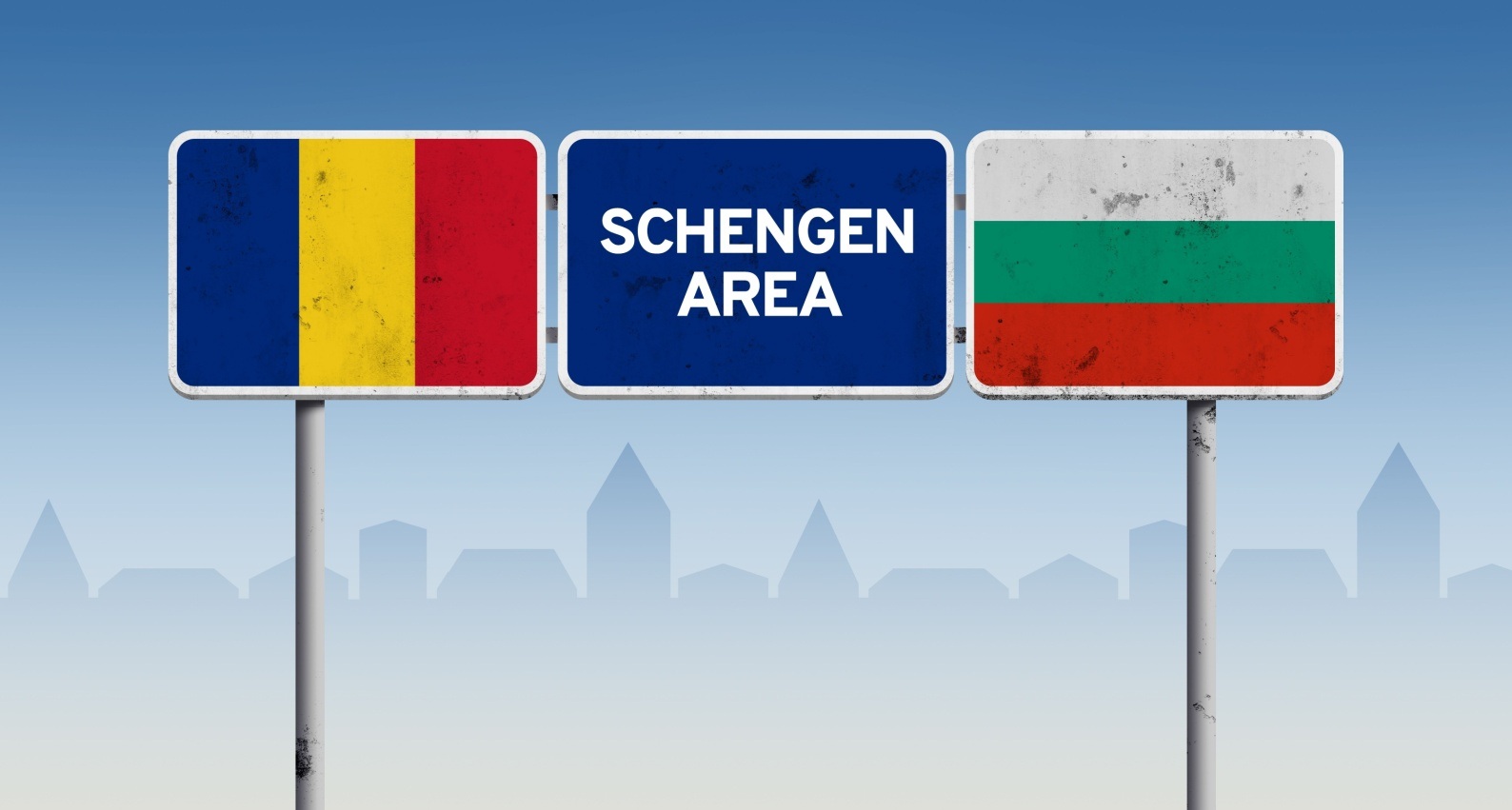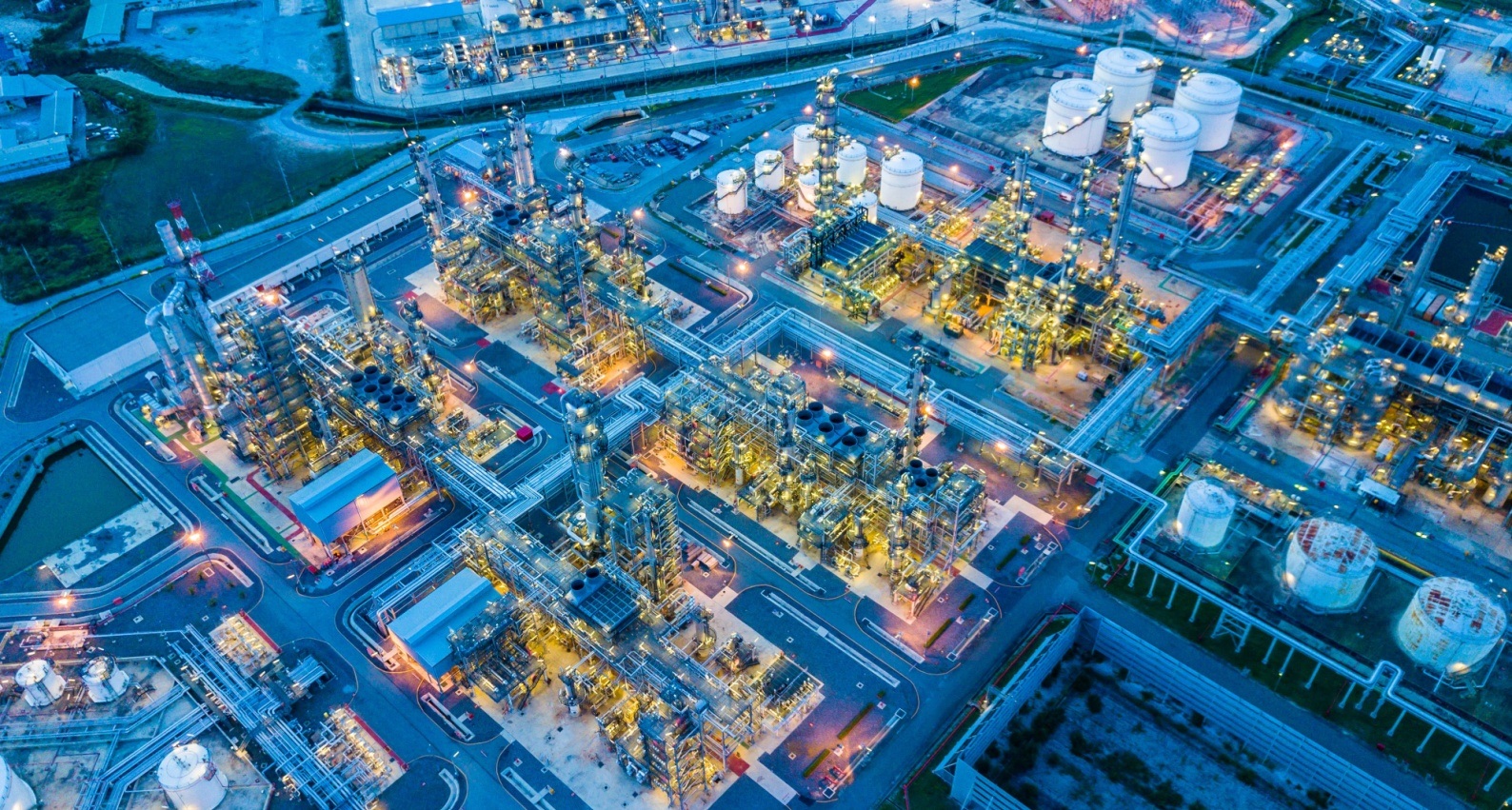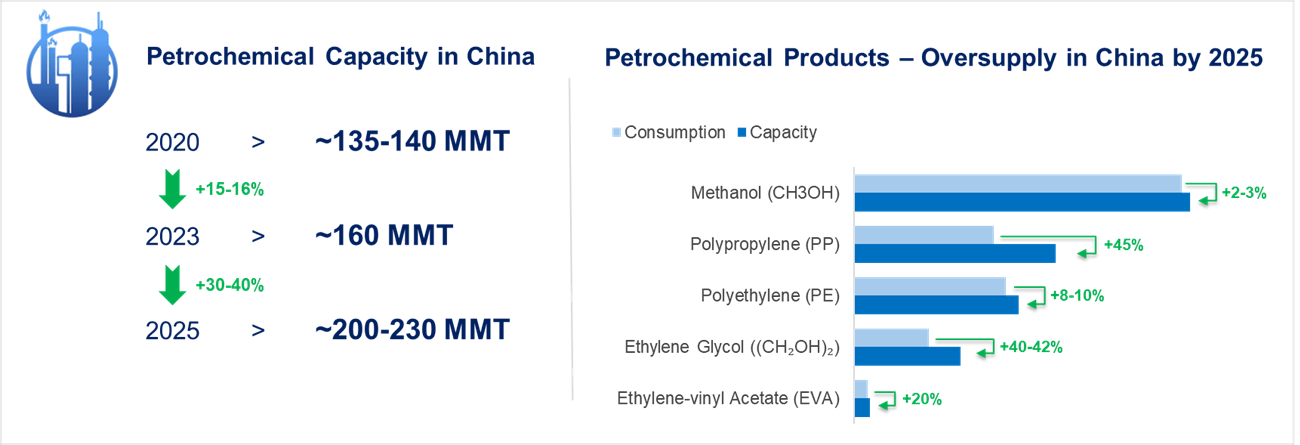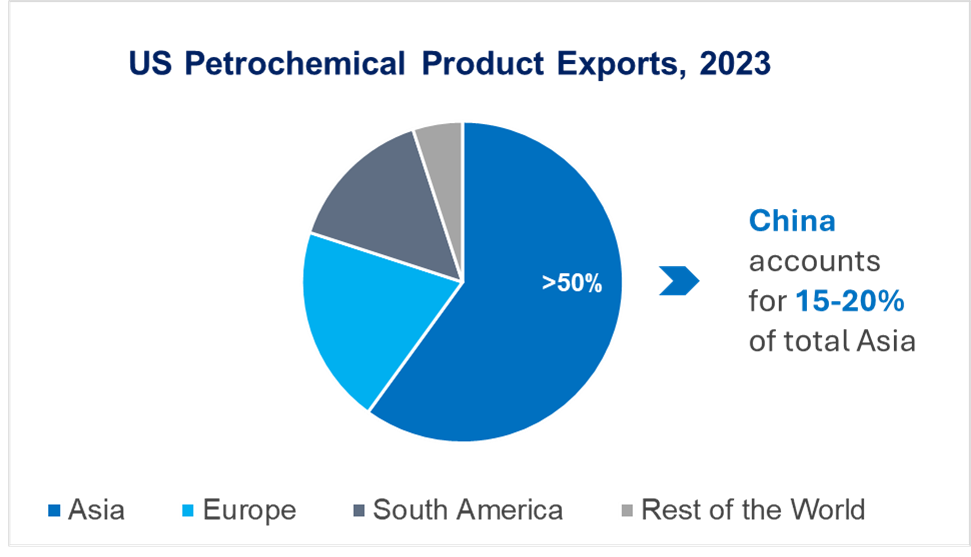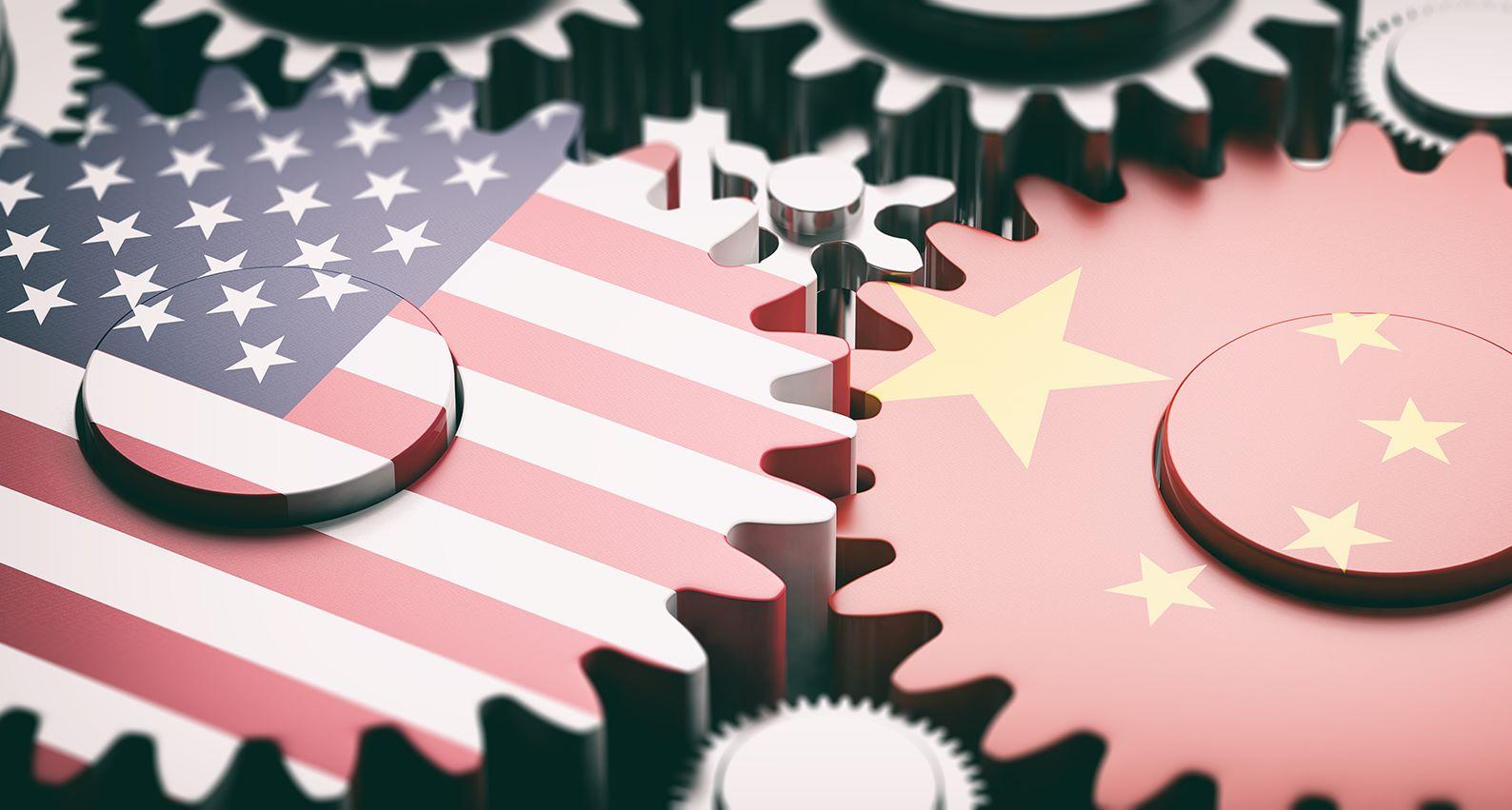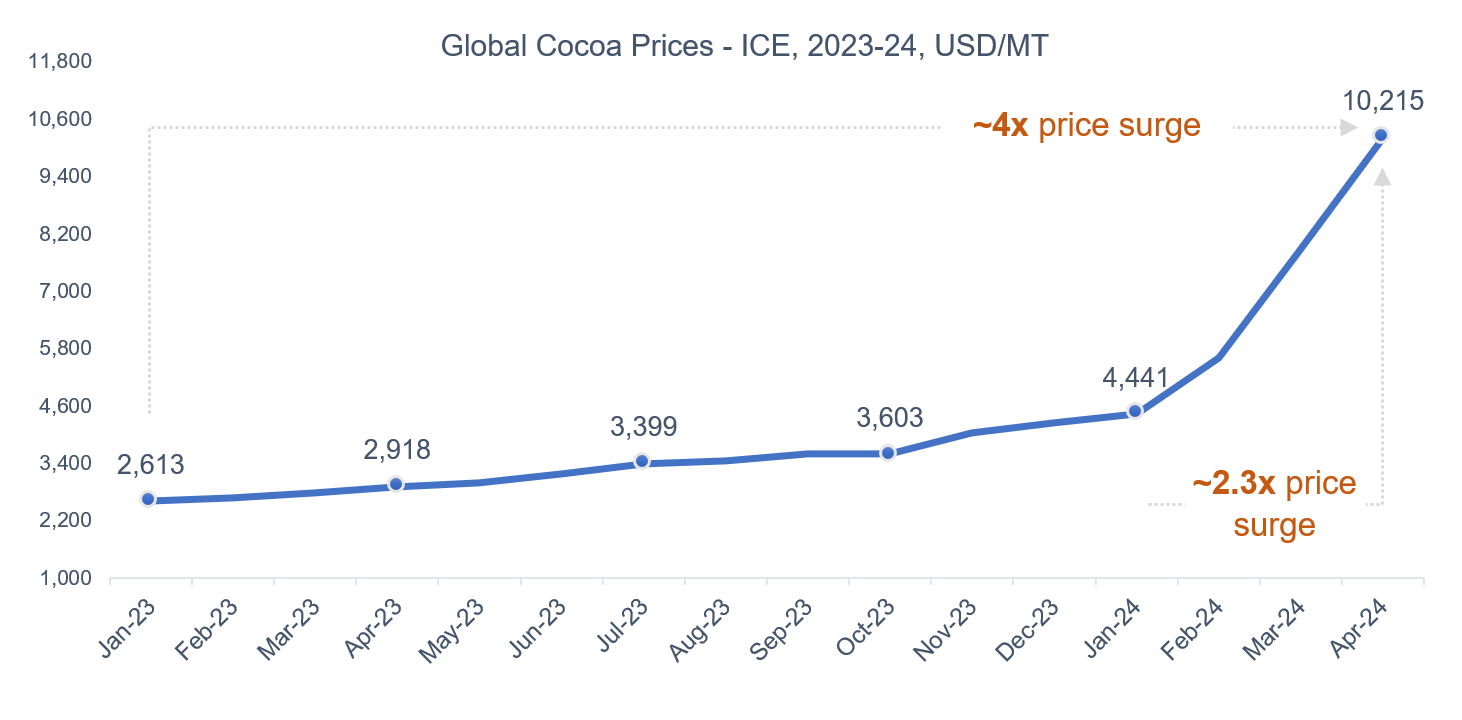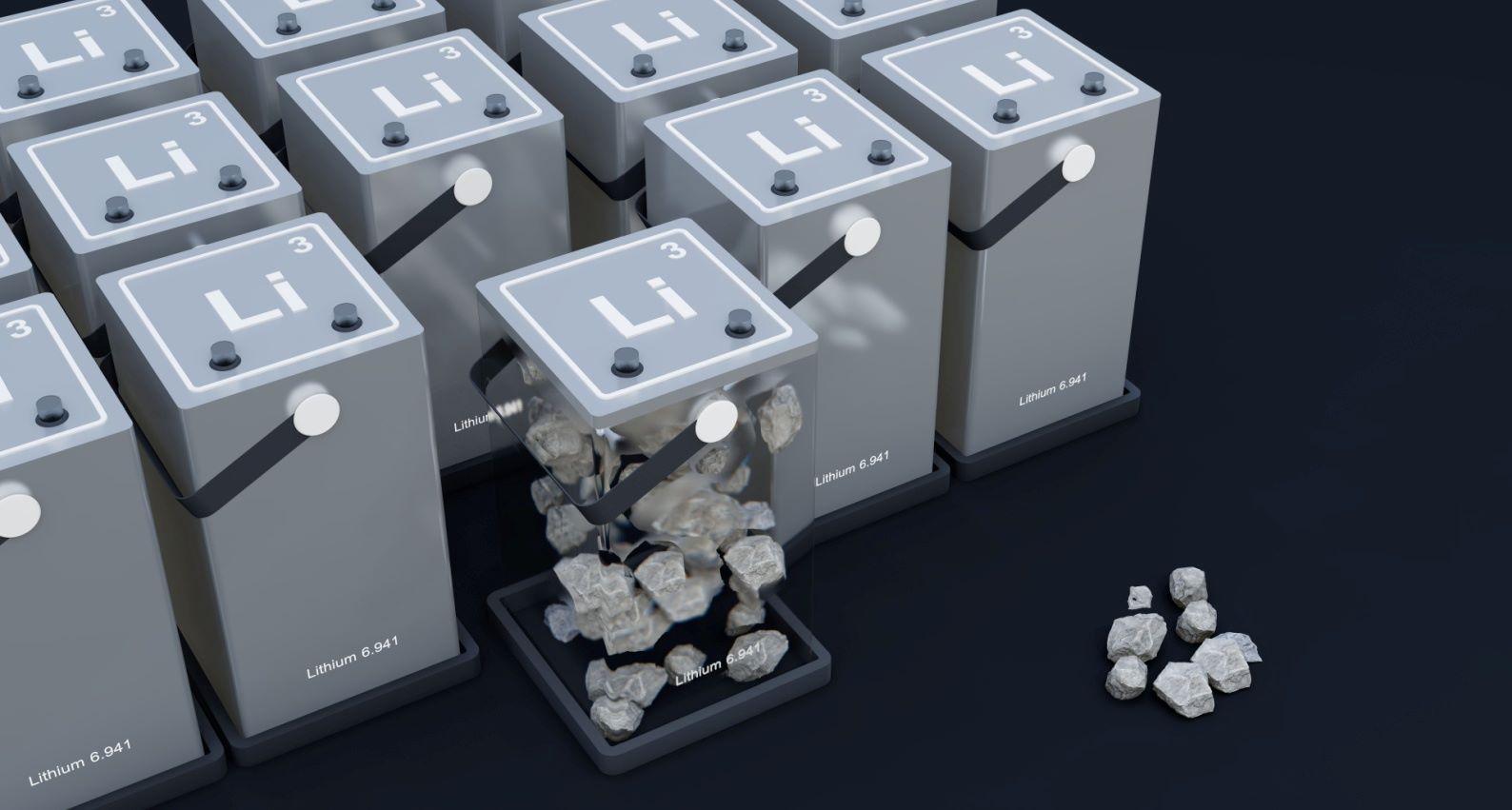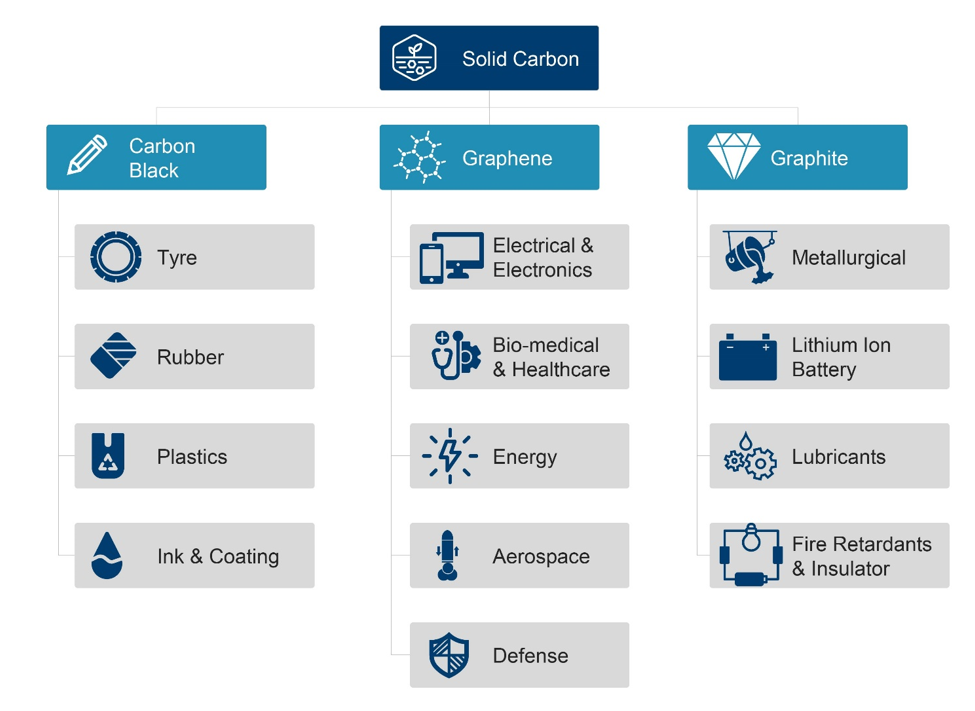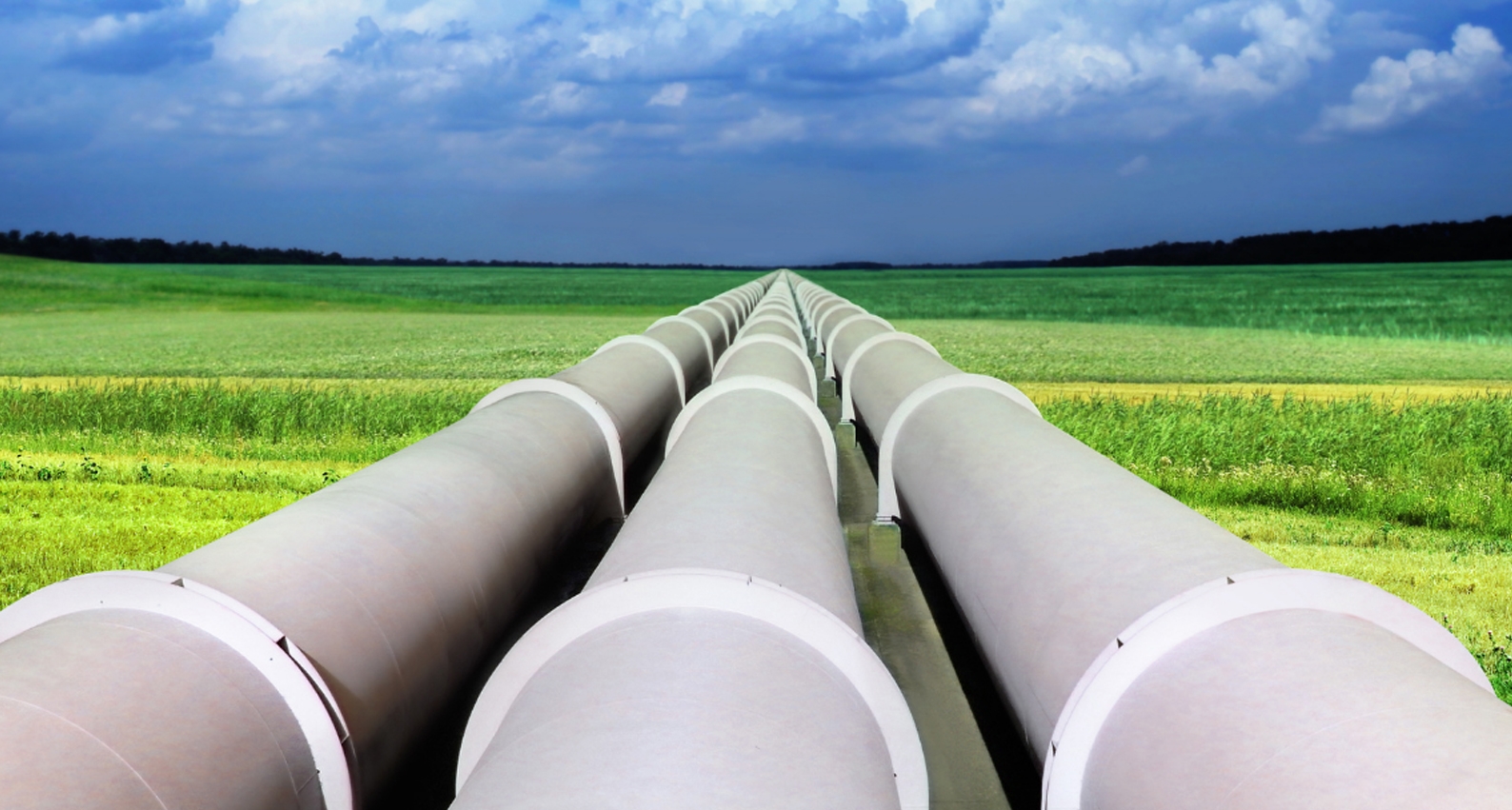China currently dominates the global tungsten market, producing over 80% of the world’s supply and controlling more than half of known reserves. However, rising geopolitical tensions and export restrictions have accelerated efforts worldwide to diversify sources of this critical mineral. Emerging projects in South Korea, Canada, Australia, and parts of Africa show promise but will require time and investment to significantly reduce China’s market share. While China’s dominance is expected to persist through the early 2030s, these global initiatives mark a strategic shift toward building a more resilient and secure tungsten supply chain.
China’s Hold on Tungsten and the Global Push for Supply Chain Resilience
Tungsten remains a critical mineral underpinning modern industry — from aerospace to electronics — yet its supply landscape is heavily concentrated. However, the growing imperative to secure more diversified and resilient supply chains has sparked activity worldwide. Vietnam, Russia, Spain, and others are expanding existing projects or developing new tungsten deposits. Although promising, these efforts face significant challenges: ramping up production requires substantial investment, advanced technology, and time.
China’s Market Control and Export Constraints
China’s influence is profound — producing ~81% of global tungsten and holding ~52% of reserves. Vietnam and Russia follow distantly, contributing ~4% and 2–3% respectively, with Russia boasting a larger share of reserves at ~9%. Several smaller producers — such as North Korea, Bolivia, Spain, Rwanda, and Austria — add modest output, typically between 1% and 2%, but many lack transparent reserve data.
Interestingly, “other countries” combined hold ~35% of known reserves but account for only ~1% of production. These overlooked resources reveal the untapped potential to reduce the global dependence on China.
In December 2024, China introduced licensing requirements for tungsten exports, heightening export controls and injecting uncertainties into global supply chains. These measures appear part of a broader strategy to wield critical minerals as geopolitical leverage, underscoring the urgency for diversified sourcing.
Tungsten Prices Soar Amid China's Export Control
Tungsten prices have experienced a significant upswing over the past six months, reaching levels not seen in over a decade. This escalation is attributed to China's implementation of stringent export controls in early 2025, requiring special permits for tungsten exports—a move that tightened global supply chains.
Concurrently, increased demand from high-tech and defense sectors, which rely on tungsten for aerospace components and military equipment, has intensified the pressure on available resources. As a result, key tungsten compounds, such as ammonium paratungstate (APT), have seen price increases exceeding 20% in recent months. These developments underscore the urgent need for diversified and resilient tungsten supply chains to mitigate the risks associated with over-reliance on a single dominant producer.
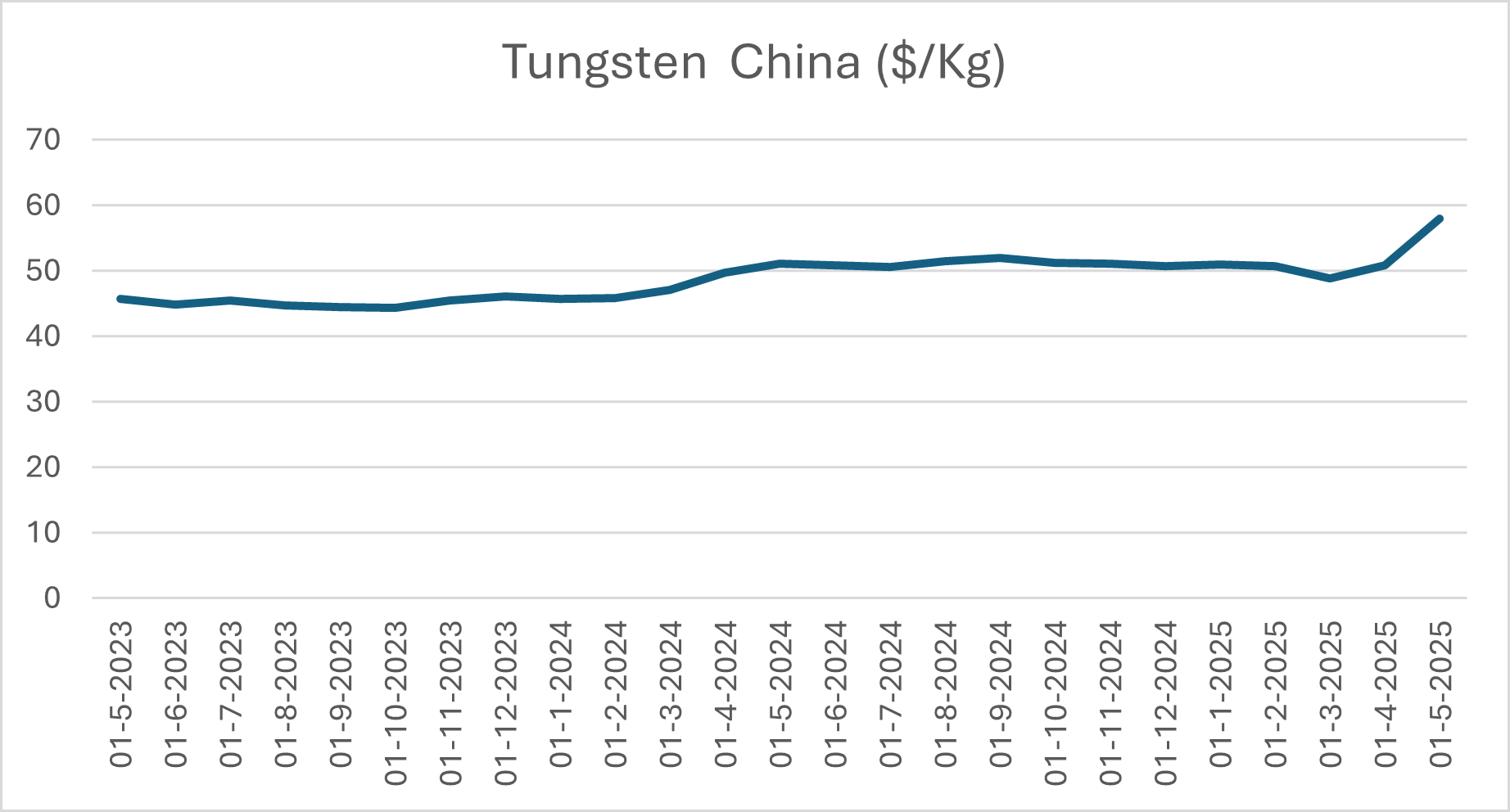
Western Initiatives and Emerging Producers
In response, Western nations are accelerating efforts to lessen reliance on Chinese tungsten. The U.S., which halted domestic tungsten mining in 2015, has committed significant funding toward developing strategic mineral projects at home and with allied countries. The Department of Defense’s recent $15.8 million grant to Canada’s Fireweed Metals Corp. for advancing the Mactung tungsten project exemplifies this approach.
South Korea’s Sangdong mine, operated by Almonty Industries, represents another key development. Projected to yield up to 4,800 metric tons of tungsten oxide annually, Sangdong could supply ~30% of the world’s non-Chinese tungsten output. Almonty has secured long-term contracts supplying half of this output to the U.S., with the remainder serving domestic demand in South Korea.
Other noteworthy projects span continents:
Canada
- Mactung Project (Yukon/Northwest Territories) On May 28, 2025, the U.S. Department of Defense awarded $15.8 million to Fireweed Metals Corp. This funding aims to accelerate development of the Mactung tungsten deposit — one of the world’s largest high-grade resources — supporting enhanced resource definition, metallurgical testing, and a comprehensive feasibility study. The project is central to North America’s strategy for securing critical mineral supplies.
- Sisson North Project (New Brunswick) On February 13, 2025, Spearmint Resources Inc. announced its acquisition of the Sisson North Tungsten Project, spanning 2,582 acres adjacent to the established Sisson Mine.
By April 14, 2025, Spearmint expanded the project area to ~4,890 acres, positioning itself to meet the increasing demand for domestically sourced strategic materials.
United States
- IMA Mine (Idaho) On February 12, 2025, American Tungsten Corp. expanded its holdings by staking 113 federal lode mining claims totaling ~2,000 acres around the historic IMA Mine. This strategic move signals renewed momentum toward revitalizing U.S. tungsten production amid heightened supply security concerns.
Australia
- Dolphin Mine (Tasmania) In February 2025, the Tasmanian Government converted a $10 million loan into an equity stake in Group 6 Metals. This investment ensures the continued operation of the Dolphin Tungsten Mine on King Island, safeguarding ~95 direct jobs and supporting regional economic stability.
- Molyhil Project (Northern Territory) On May 28, 2024, Thor Energy Plc released an updated Mineral Resource Estimate for the Molyhil Tungsten-Molybdenum-Copper deposit. The revised estimate reports 4.65 million tonnes at 0.26% WO₃ and 0.09% molybdenum, reflecting significant improvements in resource confidence and grade that strengthen project viability.
Europe
- Limousin Region (France) In September 2024, geophysical surveys in the Puy-les-Vignes/Saint-Goussaud district identified new exploration targets associated with granite-hosted tungsten deposits. Advanced multimethod geophysical modeling revealed conductive anomalies indicative of mineralization, enhancing the region’s tungsten exploration prospects.
Africa
- Democratic Republic of Congo (DRC) & Rwanda On April 25, 2025, the DRC and Rwanda signed a U.S.-brokered agreement in Washington, committing to draft a peace deal by May 2 aimed at ceasing support for armed groups. This initiative establishes joint security coordination mechanisms to combat illegal mining and mineral trafficking.
By May 20, 2025, reports indicated that these peace efforts could significantly boost Rwanda’s capacity to process Congolese minerals, including tungsten, fostering legal trade and attracting Western investment to promote regional industrialization.
Looking Ahead: Gradual Shifts with Strategic Implications
Despite these encouraging developments, experts agree that China’s dominance will persist in the short term. Even with new sources coming online, China is projected to remain the largest supplier through the early 2030s, although its share may gradually fall below 70%.
This evolving landscape reflects a broad strategic shift: nations and industries recognize the risks of over-reliance on a single dominant producer. Diversifying tungsten supply chains is essential not only for market stability but also for safeguarding critical industrial sectors from geopolitical disruptions.
As new projects mature and geopolitical dynamics evolve, the tungsten market may become more balanced, resilient, and competitive — benefiting global innovation and security.

